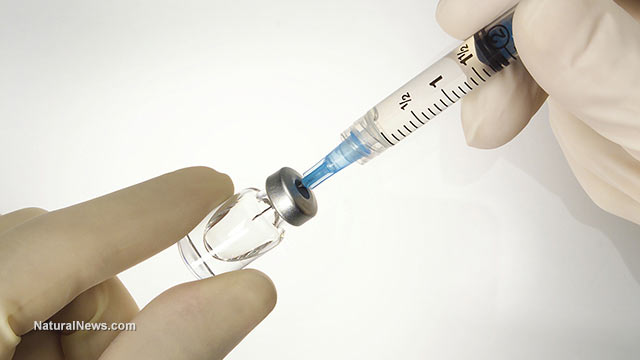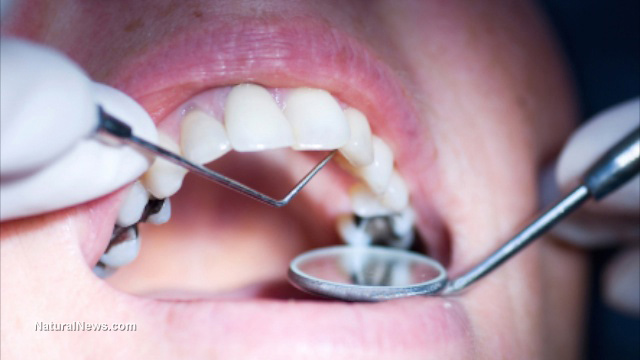Contaminated air in commercial aircraft is poisoning passengers and crew
01/18/2019 / By Isabelle Z.

Pilots and flight attendants might appear to be living the high life, jetting off from place to place, but many are paying the price with their health thanks to the toxic air that is circulating in jet aircrafts. In fact, it’s not just flight crew who are feeling the effects; even passengers are suffering from illness and even death after flying the friendly skies.
The issue is known as aerotoxic syndrome, and if you’ve never heard of it, you’re not alone – airlines and aircraft manufacturers have been sweeping this problem under the rug for years, and those who do try to speak out about it have been largely silenced.
The ailment is believed to affect more than 250,000 pilots, passengers, and cabin crew around the world. It can be traced back to the switch from fresh air sources to “bleed air” in 1963, which sees air pulled from the engines and mixed with recirculated air from the cabin.
What exactly are you inhaling in cabin air?
Natural Health 365 notes that jets use a synthetic oil containing organosphosphates, chemicals that are so toxic they’ve been banned by the EPA since 2001 for residential use. These chemicals are responsible for some of the danger posed by nerve gas and pesticides, and their byproducts include carbon monoxide and aldehyde.
These heated lubricants make their way into passenger cabins when bleed air is used, and they create toxic vapors. Wet seals are in place to keep the oil and air apart, but they lose their efficacy over time and are often improperly maintained. When they fail suddenly, it causes oil vapors to make their way into bleed air in what are known as “fume events,” and those in the cabin may note a blue-tinged smoke with a foul smell. Because there are no sensors on aircraft to detect this, it can go unnoticed when the smell isn’t particularly strong. Making matters worse is the fact that the seals’ maintenance replacement requirements were lengthened from 5,000 to 30,000 flight hours in 1978.
Sadly, fume events are a regular occurrence and they’ve been linked to chronic and acute symptoms such as blurred vision, heart spasms, violent vomiting, inflamed nerve endings, and respiratory problems. That’s why it is important not to brush off any sudden illnesses or symptoms that you experience while on a flight or shortly thereafter.
The effects of these events are cumulative, placing frequent flyers and airline crew members at particular risk. People who suffer from chronic aerotoxic syndrome can die from cardiac arrest when the toxins move into their heart tissue.
It can also put everyone in danger, regardless of their exposure level, in the sense that it can disorient and intoxicate flight crew, impacting their cognitive function. You can only imagine what might happen if the pilot and copilot on your plane succumb to these scary effects while your plane is in the air.
What can you do to avoid these effects?
Unfortunately, there is very little you can do to avoid these effects, short of seeking other means of transportation. One thing you can do is write to your airline to demand they install bleed air filtration on their aircraft. Activated carbon masks can also offer some degree of protection.
Airline crew members who are trying to raise awareness about the issue, many of whom have suffered its toxic effects, have formed a group called the Aerotoxic Association. They are keeping track of fume events around the world, and you can report such events and learn more about the syndrome by visiting the Aerotoxic Association website.
Sources for this article include:
Tagged Under: Aerotoxic Syndrome, Airplanes, clean air, disease causes, environment, flight crew, toxic chemicals, toxins



















